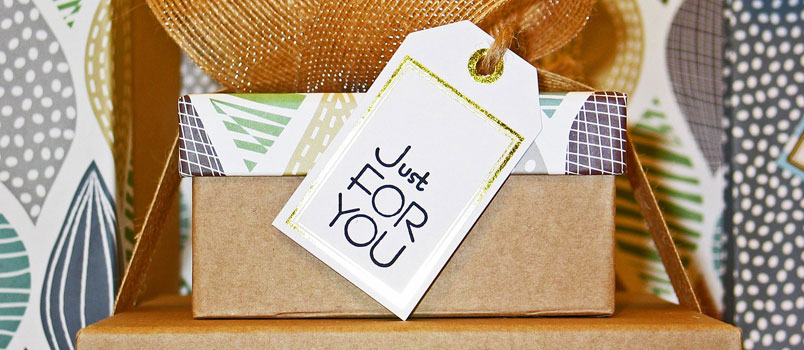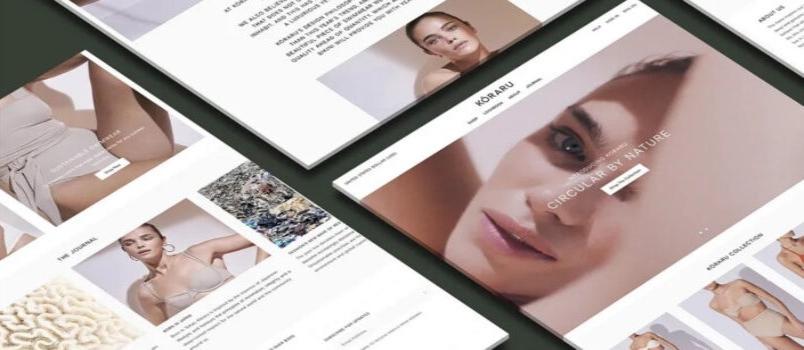Your product’s packaging plays a vital role in determining its success in a highly competitive market. For example, one survey found that 70 per cent of consumers said that their purchasing decisions are influenced by well-designed packaging. So whether you’re packaging your product in plastic pouches, boxes, bottles or wrappers, you should follow packaging design best practices to increase the likelihood your products fly off the shelves!
Product Packaging Design Top Tips
There are several steps to take to ensure that your product stands out from competitors. For example, your product’s packaging needs to appeal to your target audience, showcase brand identity and portray the product inside honestly. Your product packaging design should also communicate clear messages with easy-to-read fonts and suitable colours.
Here are our top tips for creating compelling product packaging designs that result in more sales:
Know your target audience
Before you start the design process, you must know who your target customers are. By doing this, you can develop a packaging design that appeals to them. Often, different demographics prefer different types of designs. Does your audience want trendy packaging consisting of bright colours and elaborate graphics? Or is your audience more functional in their design preferences, favouring classic and timeless packaging? While it is not always the case, the former design is generally preferred by teens and young adults, and the latter design is typically favoured by adults and the elderly.
Showcase brand identity
Your packaging should showcase your brand’s identity. As a result, you need to consider the messages your brand wishes to send to consumers through product packaging. For example, if your brand is high-end, you must communicate this in your packaging by creating a sleek design with a luxurious feel printed on high-quality packaging materials. Consumers will make their own judgements about the perceived value of your product, and packaging plays a key role. Consequently, product packaging that looks cheap will make consumers think your product is low-quality.
Be wary of fonts and colours
If the goal is to capture the attention of as many consumers as possible, you may be tempted to create product packaging full of elaborate fonts and bright, eye-catching colours. However, this strategy may backfire. Designs that are too busy, garish and overcrowded may overwhelm consumers, making it harder for them to digest key information. If they cannot quickly gauge the purpose and benefits of your product, they are likely to pick up a competitor’s product instead.
Maximise shelf impact
Whether your product is going to be stacked on a physical shelf or listed on a website, you need to maximise its physical and digital shelf impact. The best way to do this is to make your packaging stand out from competitors. The packaging design should be clear and eye-catching without being too overcrowded. The purpose of the product should be clear, especially because the average consumer spends a maximum of four seconds eyeing a product before deciding whether to purchase it or not.
Study competitor designs
Whenever a brand is creating a new product, it is good practice to conduct competitor analysis. What works about their product packaging designs? What is their design missing? Studying competitor packaging designs gives your brand the opportunity to learn from their mistakes, allowing your product packaging to stand out from the crowd.
Be mindful of sustainability
A growing number of consumers want products in sustainable, eco-friendly packaging. One survey found that almost 70 per cent of consumers believe it is important that the products they purchase are in recyclable packaging. Additionally, more than half of consumers take sustainable packaging into consideration when choosing a product. These statistics show that brands can differentiate themselves from less environmentally conscious competitors by selling products in sustainable packaging.
Be honest and authentic
Over the last few years, honesty and authenticity in branding have become incredibly important. Now more than ever, brands need to communicate to their customers that their products can be trusted and relied upon. The only way your brand is going to be successful is if your customers trust you. For this reason, the design of your product’s packaging must communicate that your brand is trustworthy and the product inside meets consumer expectations. Some brands even take it a step further by injecting humour into their packaging, often in the form of extreme honesty. However, this strategy isn’t always appropriate.
Final Thoughts
Creating compelling product packaging that sets your brand apart from competitors is no easy task. The market is incredibly competitive in many industries, and getting new products noticed is a significant challenge. However, by appealing to your product’s target audience through sleek design and clear and honest messaging, brands can differentiate themselves from their competitors and increase their market share in the process.





